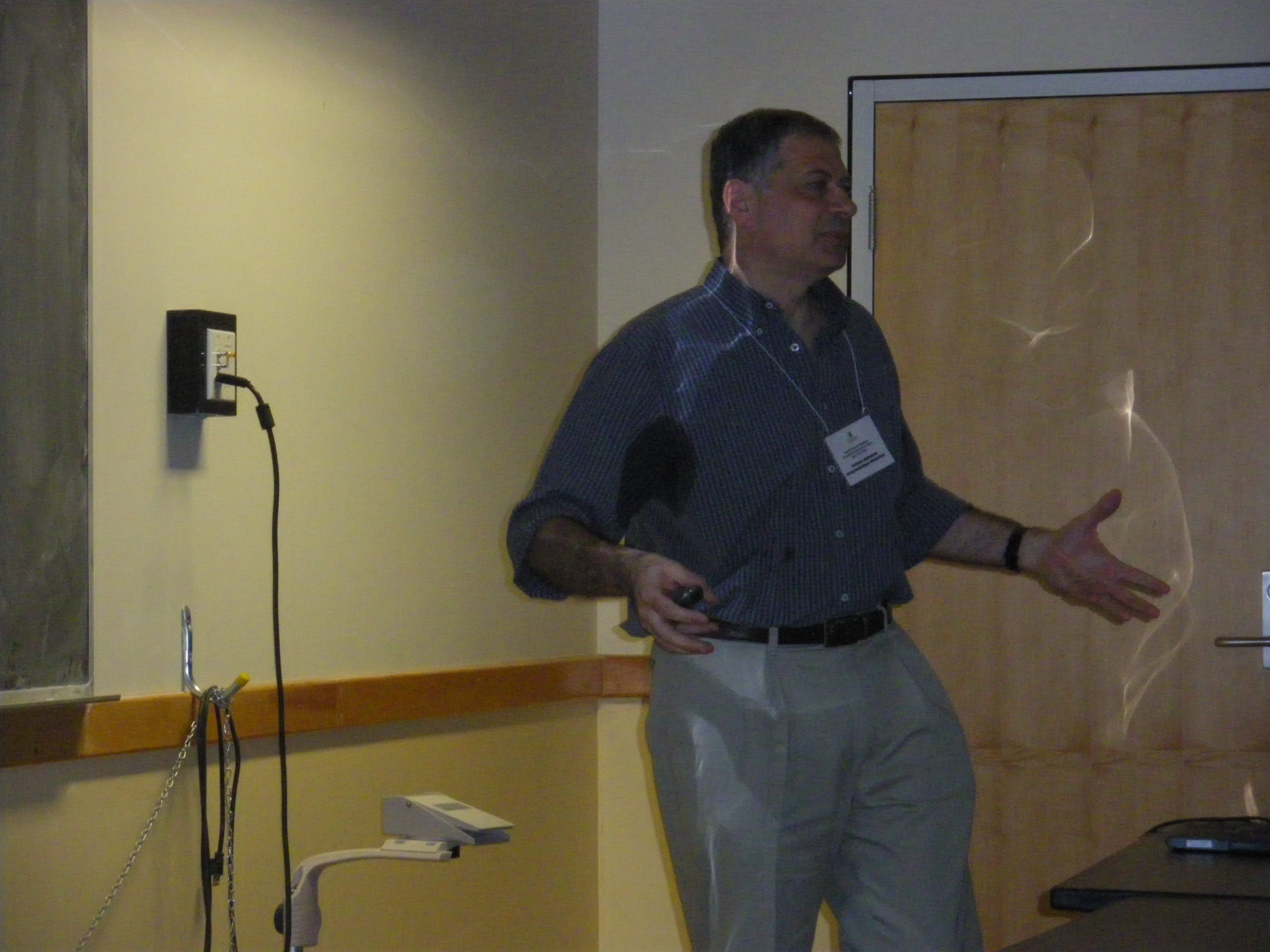
Title: Complex Systems: The Case of Unreliable Manufacturing Transfer Lines (1 hour)
Abstract: Transfer lines are the workhorse of high volume manufacturing. Mathematically speaking, in the simplest case, they are an illustration of a serially interacting system of dynamic components, a feature shared with tandem queuing systems, traffic systems including automobile traffic and packet traffic (streaming videos) over the Internet. The serial architecture was introduced by Toyota under the name Kanban control. Other information flows and resulting control schemes are possible such as Conwip (Constant Work in Process) or hybrid Kanban/Conwip. Such architectures can be simulated at a high computational cost, particularly if verification is the objective, and at an even higher cost if the objective is optimization of some performance criterion. On the other hand, mathematical analysis can bring out structural insights and speed up optimization schemes. A fact remains that in complex systems, this almost invariably happens at the cost of approximations. Approximations are constrained by the nature of existing smaller building blocks that are computationally or analytically tractable.
In this talk, we focus on the analysis of the Kanban architecture for single part type systems. After a brief review of related literature, we present the building blocks based upon which we carry out the approximate analysis of a particular class of Kanban unreliable controlled manufacturing systems, subject to a constant demand rate for parts enforced through a pull mechanism, and such that machine maximum production rates are monotone decreasing as one moves along the line downstream. While, in general, machine buffer interactions can occur in all directions, our approximation scheme leads to a directed flow of causality allowing the use of dynamic programming, both as a numerical tool for optimizing buffering in the transfer line, and an analytical tool for anticipating the theoretical properties of optimal buffering profiles. The results both theoretical and numerical are presented and, in conclusion, existing extensions of this work are briefly discussed.